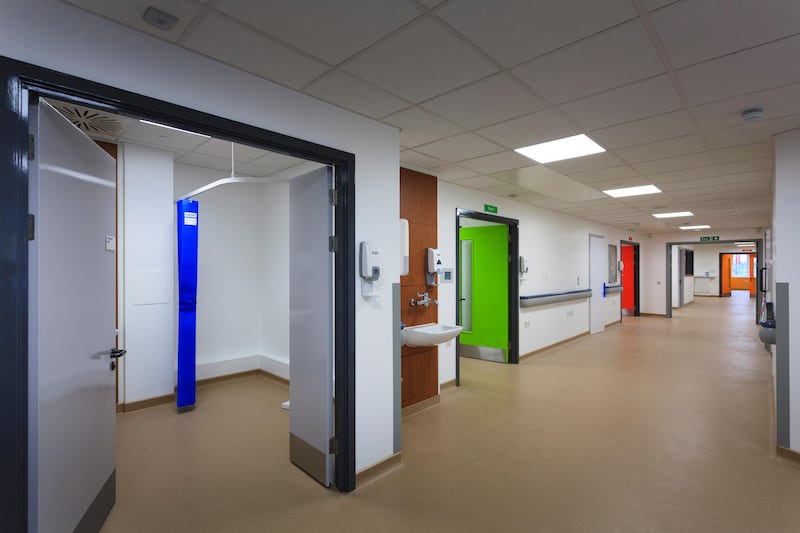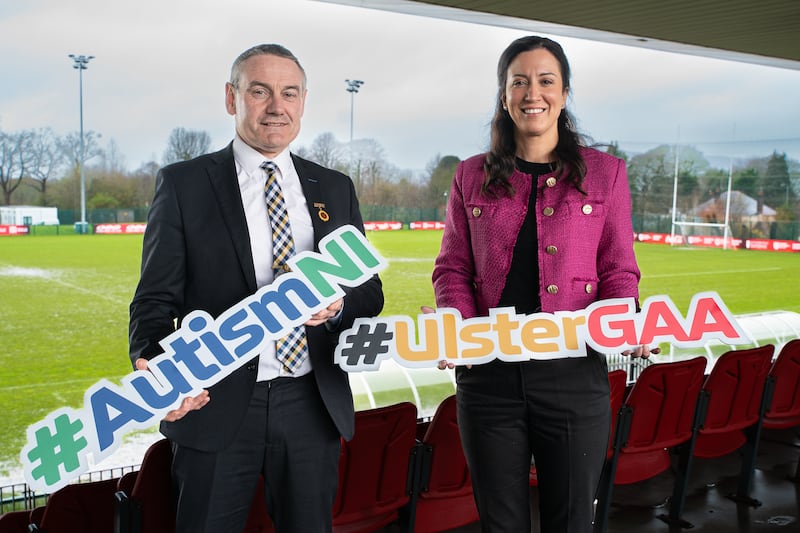BOYS in Northern Ireland are three times more likely to be diagnosed with autism than girls, according to a Department of Health report.
It also shows there is a statistically significant higher prevalence rate of autism in urban areas than the rural population.
The Prevalence of Autism (including Aspergers Syndrome) in School age Children in Northern Ireland' study shows that the condition affects around 1 in 20 pupils.
During 2020/21, there were 13,401 school aged children who had been diagnosed with autism, accounting for 4.5 per cent of the school population.
According to the Northern Ireland School Census, 6.7 per cent of males were identified with autism compared with 2.2 per cent of females.
It was also found that highest prevalence rate recorded was 5.8 per cent for those in Year 8, children aged 11-12, while the lowest was 1.8 per cent, for those in P1, children aged four and five.
Of all the children diagnosed with autism in 2020/21, 14 per cent were not identified as having any special educational needs. This was the same proportion as in 2019/20.
Of those who identified with Special Educational Needs, two-thirds were at SEN Stage 5, shared responsibility with the school and Education Authority.
During 2020/21, the highest autism prevalence rate was observed in the Belfast HSC Trust, at 7.2 per cent while the lowest, 2.1 per cent, was found in the Southern HSC Trust.
The Northern HSC Trust had a prevalence rate higher than the Northern Ireland average of 4.5 per cent while the South Eastern, Western, and Southern HSC Trusts were below this average.
The report also found that the autism prevalence rate was higher in the urban population than in the rural population with a difference of 1.9 percentage points.
While 5.3 per cent of children living in urban areas were diagnosed with autism only 3.4 per cent in rural areas received the same diagnosis.
In 2020/21, the health trust with the largest difference in autism prevalence rates between the urban and rural populations was Belfast where the figures showed 7.3 per cent of urban cases compared to 4.5 per cent rural cases.
It was also found that during 2020/21, 14 per cent of school aged children with autism were from the
most deprived backgrounds in Northern Ireland while eight per cent were from the least deprived.
In addition, the rate of autism in school aged children in the 10 per cent most deprived areas was 37 per cent higher than the NI average








